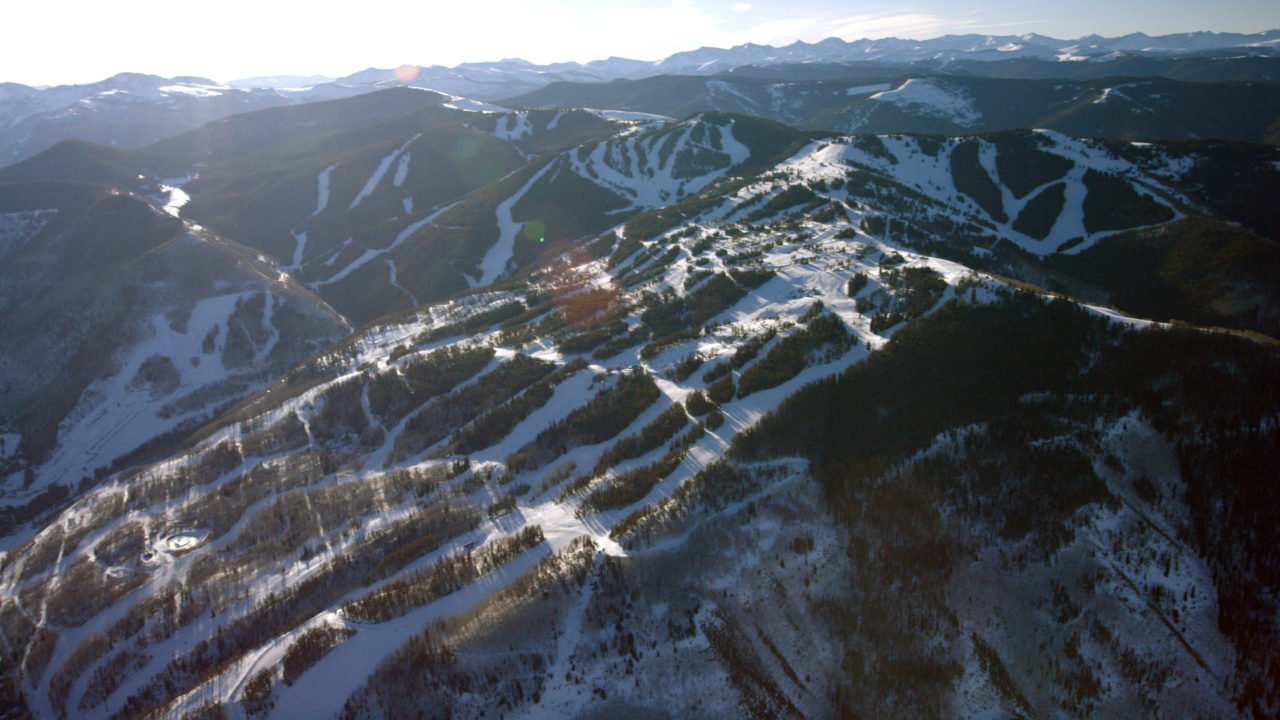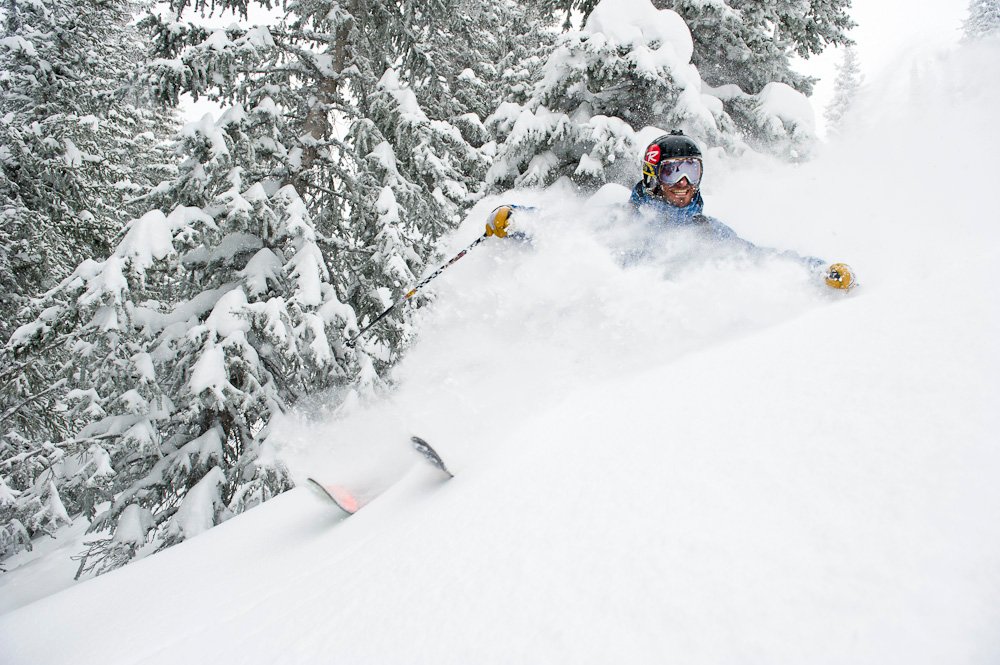High Altitude Harmony: Skiing Vail, Colorado
Danny Hovancsek, December 5, 2017

Found west of Denver along the iconic Interstate 70, Vail is one of Colorado’s premium alpine resorts for winter and summer adventures. The area is blessed with perfect Rocky Mountain summers filled with sunshine and famously snowy winters. In the summer mountain bikers and backpackers descend upon the town to discover the numerous loops and trails. For me, what really sets this resort aside from the rest is its diverse and challenging terrain for winter sports.
Navigation
Vail resort can be divided into three distinct sections; the Front Side, the Back Bowls and Blue Sky Basin, featured in the header image. The main trick to enjoying Vail is learning to navigate effectively through the intricate network of 33 lifts, while avoiding the crowds and keeping up with the best snow of the day. As one of the largest and most popular resorts, Vail has to deal with the task of managing vast crowds, at the same time ensuring the enjoyment of every skier and snowboarder. Familiarising yourself with the mountain’s finer facets is the best way to ensure that you set an effective agenda in securing your own, personalised winter vacation.

Three main lifts clearly divide the Front Side of the mountain. The Eagle Bahn Gondola services most of the green and blue runs to skier’s left while allowing access to Game Creek Bowl, which is an enjoyable beginner bowl with hit-or-miss lift line crowds. Getting anywhere from here, however, becomes difficult and requires a slow traverse and an additional lift. Vista Bahn is the central high-speed lift that drops skiers off at Mid-Vail, the heart of the north face. From Mid-Vail it is easy to navigate around most of the terrain on the Front Side of the mountain as well as transfer over to the Back Bowls. Riva Bahn services the steep and advanced runs to skier’s right including the main terrain park and highline; the famed mogul run that will leave even the most experienced bump skier exhausted and in need of a hug.
The mountain seems to gain a whole new character as you move onto the Back Bowls. Summiting the ridge provides a spectacular view of the White River National Forest, stretching out in front of you against the deep blue Colorado sky. The bowls themselves offer wide open steep runs peppered with cliff bands and secret tree powder stashes. Typically, the farther away from China Bowl you traverse the more untracked snow you will find, however the amount of terrain available leaves little to be desired. Each bowl is unique and has its own intricacies, all well worth exploring.

The pièce de résistance of the Vail mountain experience is skiing fresh Blue Sky Basin snow on a powder day. Left mostly ungroomed, Blue Sky Basin is often the least crowded area on the mountain with the best snow. Though it can be a task to delve this far into the resort, it is well worth the time and effort spent en route. To skier’s left you will find phenomenal tree skiing in Champagne Glade and lively terrain all serviced by Earl’s Express lift. To skier’s right advanced runs such as Steep and Deep and Lover’s Leap offer challenging terrain for the not so faint-hearted adventurous skier. Pete’s Express lift services an adjacent peak off Blue Sky with plenty of hidden glades and more accessible runs for novice skiers.
Vail allows skiers to exit through designated gates in order to accesses sidecountry areas not frequented by the average Vail guest. Backcountry gear such as an avalanche beacon, probe, and shovel are highly recommended for these expeditions. One of the gates can be found past the entrance to Champagne Glade on Blue Sky Basin, where a woodsy traverse will take you around the rim of Miller’s bowl, where at any point you can drop into what promises to be one of your best runs. There is another sidecountry gate accessing the East Vail Chutes above the Outer Mongolia T-Bar lift but this is expert terrain that should only be attempted with a knowledgeable guide.
Food and drink
Known for its extravagant lodging packages and exceedingly kind and personable staff, “all-in” dining options are suited to guests looking to live the après-ski high life. A more reasonable option can be found in the the famous Pepi’s restaurant and bar in the intimate Austrian style Gasthof Gramshammer. Find good coffee at Yeti’s Grind, located within the Village and open early.
Accommodation
The Sonnenalp is arguably Vail’s most luxurious resort, nestled in the heart of the main Village. Hotel Talisa is a newer opening, catering to the design-orientated alpinist willing to walk a the kilometre between the village and his bedroom when needed. Refined rooms (image below) and a complete spa tee up a relaxed experience for those looking to get the most of the mountain but perhaps forego some of the aprés ski distractions in the Village.

Getting to Vail
Located in Eagle County, Colorado, Vail is about 150 kilometres east of Denver. Driving from Denver International Airport should only take about two hours, but this trip can vary dramatically with weather conditions and traffic. Airport-to-mountain shuttles are available as are car rental agencies, and make a lot of sense since you won’t need a vehicle once you get to Vail itself. The drive goes by quickly and will take you over the continental divide, through multiple mountain passes, and bisects a variety of historic Colorado Mining towns. Vail’s very own Eagle / Vail airport services mostly private and small aircraft but is undoubtedly the most convenient for local access.
For more information and piste maps for Vail, go to vail.com. Header image: Vail Resorts.